
hypnosis4anxiety – Solutions for Anxiety Conference
Archive : hypnosis4anxiety – Solutions for Anxiety Conference
Solutions for Anxiety Conference hypnosis4anxiety
Make a difference in the lives of even your most nervous customers.
Learn techniques that you can utilize right away (you will learn several strategies that can make a difference in less than 15 minutes)
Update your skills and knowledge with the most recent anxiety research.
Learn how to use hypnotic tactics into your existing treatment plan to increase success rates and more, much more…
All presentations are yours to keep in perpetuity. 12.50 continuing education units are available for Psychologists, Social Workers, Nurses, Marriage and Family Therapists, and Licensed Counselors to watch online or download (see below)
All presentations are now accessible for viewing and will remain online until the end of 2017. There are no set dates for this conference; attend when and how you choose.
Carolyn Daitch, Ph.D.
Carolyn Daitch: Hypnosis and Anxiety Treatment
The goal of this online program is to provide you with creative and effective hypnotic approaches for anxiety condition treatment.
Techniques that you will be able to utilize with your clients right now.
We address the persistent issue of assisting your clients in tolerating uncertainty.
The STOP Solution is also presented. The STOP solution is a technique for activating the parasympathetic nervous system. This will assist your customers in calming emotional floods by training them to put a stop to nervous emotions. A video of a client discussing how she used the interventions is included in the presentation.
You will discover:
Explain the three components of anxiety and how to successfully deal with each to enhance your client’s life.
Determine the function of ambiguity in anxiety.
Show and utilize the STOP Solution with your customers.
Carolyn Daitch, Ph.D., is a clinical psychologist, trainer, author, and public speaker. She is the director of the Farmington Hills, Michigan-based Center for the Treatment of Anxiety Disorders. Clinical practice, supervision, consultancy, and teaching take up the majority of her time. She is known for her practical, simple-to-implement initiatives.
In 2007, Dr. Daitch wrote the award-winning Affect Regulation Toolbox: Practical and Effective Hypnotic Interventions for the Over-reactive Client (W.W. Norton), which has earned international praise. Dr. Daitch is also the author of Anxiety Disorders: The Go-To Guide for Clients and Therapists (W.W. Norton, 2011), and co-author of Anxious in Love: How to Manage Your Anxiety, Reduce Conflict and Reconnect with Your Partner(New Harbinger, 2012). (New Harbinger, 2012). Her newest effort is The Road to Calm Workbook: Life-Changing Tools to Stop Runaway Emotions (W.W. Norton, In Press) (W.W. Norton, In Press).
“Carolyn is an artist who paints and weaves words and images not just effortlessly but also profoundly. Her talent may be stunning.” – Eileen Bond, ASCW
Steve Andreas: Resolving Anxiety swiftly by directly modifying its unconscious auditory and kinesthetic process aspects.
Anxiety, like other disorders that motivate individuals to seek therapy, is caused by unconscious processes over which they have no conscious control. Regardless, the majority of anxiety therapies include revisiting previous experiences, facing concerns through exposure, reaction avoidance, disputing with internal voices, and other tactics aimed at modifying conscious processes. We may, however, swiftly modify the internal unconscious auditory and kinesthetic process that happens in anxiety by evoking the detailed internal unconscious auditory and kinesthetic process that occurs in anxiety. This procedure may become your “go-to” method, a recipe that will allow you to quickly help your customers overcome fear.
This presentation will teach you:
A straightforward, step-by-step procedure that will significantly reduce your client’s fear (a big promise, I know, but it does work).
How to evoke the nonverbal sensory aspects of the internal voice that prompts the sensation (this can prevent many anxiety reactions from starting in the first place).
How to elicit and modify the “cascade of kinesthetic emotions” that is the characteristic of anxiety reactions (and without which anxiety cannot exist in detail).
Find the distinct path that anxiety takes through your client’s body (or experience, if you want) so that he or she may alter the path and minimize or eliminate anxiety.
You will witness two complete demonstrations of the anxiety-reduction technique so that you can grasp it and begin using it with your clients right away.
Avoid the pitfalls of many psychotherapy approaches that might make anxiety improvements difficult (if not impossible) to achieve.
Steve Andreas is one of the most active NLP developers. He has been learning, training, and researching NLP since 1977, and he has been generating new NLP patterns since the early 1980s. In 1979, he co-founded NLP Comprehensive in Boulder, Colorado, with his wife Connirae, one of the earliest NLP institutes. Transforming Negative Self-Talk (2012), MORE Transforming Negative Self-Talk (2014), and the two-volume series Six Blind Elephants: Understanding Ourselves and Each Other were all published recently (2006). In addition, he wrote Transforming Yourself: Becoming Who You Want To Be (2002) and Virginia Satir: The Patterns of Her Magic (2003). (1991). He co-wrote Heart of the Mind (1989), Change Your Mind (1987), and the NLP 24 Day Practitioner Certification Training Manual with Connirae (1986). His website has a plethora of free articles: http://www.steveandreas.com/
Dan Short, M.D.
Dan Short, PhD: Using Hypnosis in the Context of Problem Solving Therapy to Treat Anxiety
Anxiety is a fear and anticipation disorder. It is the avoidance of both known and unknown hazards through the use of fewer actions and thoughts. As a result, there is a decreasing sense of what can be done.
Because anxiety is characterized by tension, restlessness, and shortness of breath, hypnosis is frequently used to promote relaxation, ease of breathing, and an overall sensation of safety or security.
While the client may enjoy the momentary hypnotic alleviation, it offers little to address the underlying issue. In other situations, counseling may even serve as a kind of avoidance. While teaching the client how to employ self-hypnosis to obtain comparable states of relaxation outside of the office is beneficial, there is much more that can be done.
Rather than focusing on symptom eradication, Ericksonian-derived problem solving therapy tries to improve the client’s sense of ability, purpose, and enjoyment. As a result, the overriding objective is to teach the worried client to confront (rather than avoid) the issues that characterize his or her existence. Hypnosis is utilized to build therapeutic challenges that reveal previously unknown skills. This directs the client’s attention to what he or she is capable of. As the client’s perception of competence grows, so do the obstacles, until the client learns to value the chance for progress that comes with every difficulty. This conference includes two lectures by Dan Short, one of which includes a full hypnosis demonstration and a third which is a recording of the follow-up coaching call.
You will discover:
The limitations of conscious mind anxiety solutions and how to assist your client in expanding their sense of self so that anxiety decreases.
Ways to access and use unconscious resources such as dreams, intuition, hunches, and laughter.
How to plan and arrange your sessions so that you may be of the most use to your clients in the long run.
When are diagnostic categories useful and when are they not? (plus, the crucial skill of using the uniqueness of each client to effect change).
Personal development of Dan as a therapist and Ericksonian (and how it might help you evolve)
Dan Short, PhD, is well recognized for his work in Ericksonian hypnosis and is the principal author of the best-selling book Hope and Resiliency. Transformational Relationships is his most recent publication. Dr. Short has been a member of the Ericksonian Congress faculty since 1996. Dr. Short has his own clinic in Scottsdale, Arizona.
Carol Kershaw and Bill Wade: Anxiety Relief Through Brain-Change Exercises and Hypnosis
This program covers cutting-edge ways for taming anxious brains, based on the most recent neuroscience research. Drs. Carol Kershaw and Bill Wade use years of clinical expertise and study to demonstrate how the brain works, particularly because it is predisposed to worry and anxiety. They go beyond the normal explanations, guidance, and exercises that most therapists and the general public are familiar with and give the most recent material available. Clinicians are provided new and effective tools to utilize with their clients.
You will discover:
Discuss the evolutionary advantage of the brain’s negative bias.
To use cutting-edge brain-change techniques in psychotherapy practice (with specific brain-change exercises).
Learn about the most recent anxiety research and how to apply it in your client work.
Carol Kershaw, Ed. D. is the Houston Co-Director of the Milton H. Erickson Institute. She is an AAMFT-approved supervisor, a member of the American Psychological Association, and an American Society of Clinical Hypnosis-approved consultant. She also belongs to the International Society of Hypnosis. Dr. Kershaw is the author of The Couple’s Hypnotic Dance (Brunner/Mazel, 1991), which has also been translated into Spanish. Dr. Kershaw has given workshops and talks at multiple Erickson Congresses, ASCH annual scientific meetings, Evolution of Psychotherapy conferences, and AAMFT conferences, and has been asked to provide seminars throughout the United States, Canada, South America, Spain, and Europe. She leads a 5-day retreat class for Esalen in Big Sur every year.
Bill Wade, Ph.D., co-Director of the Milton Erickson Institute of Houston, has given seminars at the Erickson Congress, the ASCH Annual Scientific Meeting, TAMFT, and AAMFT. He has given workshops all across the United States and Europe. Bill’s publications include several essays on hypnosis and he served as one of the ASCH Journal’s Book Review Editors. He is a co-author of Brain Change Therapy: Clinical Interventions for Self Transformation, which was released in 2012 by WW Norton.
Dr. Rob McNeilly: Anxiety Treatment: From Managing to Healing
Anxiety is felt differently by various people and has varied impacts on them. Rather of looking for a miracle cure for anxiety, this lecture presents a straightforward daily approach to anxiety treatment. Exploring what someone enjoys doing is a respectful way of discovering and connecting someone suffering from anxiety with resources and experiences that they are unaware of, have forgotten, or have yet to learn.
Hypnosis adds a delightful dimension to discussing the problem and the solution by creating a bodily felt experience of the desired outcome with each unique individual, and so by identifying what is missing for someone, exploring what they like to do, and connecting with what is missing for them, we can assist an anxious person in learning that preferred experience.
You will discover:
How to discover what would be beneficial for each individual in order to heal their anxiety.
How to connect each person to this resource.
Connecting resources in the client’s life and future to generalize changes across contexts.
Dr. Robert McNeilly worked in a suburban Melbourne general medical practice for ten years, had the privilege of learning directly from Milton Erickson, was inspired by his human approach to therapy, and developed his own interpretation to assist clients with the human dilemmas that affect individuals, couples, and families in a respectful, dignified manner.
In 1988, he founded the CET to bring Ericksonian Hypnosis and the Solution Oriented Approach to hypnosis, counselling, and coaching to Australia. For more than 30 years, his teaching style, writing, and unique approaches to learning and therapy have been recognized locally, nationally, and internationally, including invited presentations at the Milton H Erickson Foundation’s International Congresses in the United States since 1980 and workshops in Singapore and Denmark since 1999. Students praise his easygoing, respectful demeanor, as well as his elegant ability to make complex issues approachable while retaining their essence.
“Rob, your clear and practical teaching of the solution oriented approach has enabled me to achieve more effective interventions with greater ease ….. the techniques are applicable in many different contexts.” – Peter Thorneycroft, Phd.
“Very practical and thought provoking.”
– Steve Altabef
“Thank you so much for your sharing of your knowledge and expertise and your presence. I have heard nothing but raves from everyone I have talked to who attended. It was a delight working with you. you made learning and stretching our thinking most enjoyable.” – Paul Zitowitz, ACSW/LCSW
“Thank you, I found this very useful and informative. If you decide to do any more of this type of seminar, please add me to your mailing list.” – Kathleen Loy RN, RM, C.Ht., Sydney, Australia.
Thanks! ! I very much enjoyed the conference and have put the information to use already! – Bonnie Goldstone, Clinical Hypnotherapist, Abbotsford, B.C., Canada
Global High Intensity Activation. What Somatic Experiencing Practitioners Call “Anxiety”
Irene Lyon, MSC: Global High Intensity Activation. What Somatic Experiencing Practitioners Call “Anxiety”
Do you ever hear your clients say:\s“One moment I’m fine, but then the next my heart is racing and I’m so scared full of anxiety, panic and fear, even though I’m theoretically ‘safe’ – it just doesn’t make sense!?”
If this is a common occurrence in your practice, then it’s important to understand, from a physiological, survival and central nervous system level, what could possibility be sending a person into such high arousal, when there’s no immediate threat or stressor present.
The groundbreaking work of Peter Levine, founder of Somatic Experiencing, categorizes individuals with this kind of intense fear and anxiety as living with Global High Intensity Activation (GHIA) (GHIA).
In GHIA, the individual experiences has little capacity to self-regulate (self-soothe) their nervous system with ease. They live their lives in a high state of control with low levels resiliency: which in turn, lead to less than optimal conditions for living life to its fullest.
These clients have little to no capacity to differentiate stimuli from the external environment, as well as in their internal bodily sensations, and will often experience all forms of arousal (happiness, anger, fear, surprise etc.) as bad and frightening.
The causes of GHIA are vast, but in addition to growing up in an unsafe home environment, wherein threat and helplessness was the norm, events such as pre- and peri-natal trauma (fetal distress, birth trauma, early surgeries), high fevers, suffocation, choking and drowning will also contribute to an overall quality of fear and ‘near-death’ which imprints onto the organism, until nervous system regulation can be re-establish.
You will discover:
The basics of the fight, flight, freeze survival instincts and the consequences of them being stuck “ON” for too long.
What titration and pendulation is, and why it’s an essential first step in working with GHIA.
Why working at the kidney/adrenal interface, a new field of study, is showing promising results for the restoration of nervous system regulation.
The importance of recognizing defensive-orienting responses in your clients so you can be aware of procedural memories that are trying to de-activate and find completion.
When working with these clients, we must teach them how to contain their experiences as well as work towards establishing physiological safety – a difficult but essential task, especially since the hallmark of this global intensity is that safety, most likely, never existed.
Irene Lyon, MSC. is a nervous system specialist and therapeutic coach who helps people transform their bodies, businesses, relationships and lives through healing and regulating their nervous systems via the power of neuroplasticity. She is a master in the mind-body healing arts, namely Somatic Experiencing and Feldenkraisian Learning and holds two degrees in exercise and biomedical science.
Coaching Calls
When the conference first ran earlier this year, we recorded video coaching calls with each presenter. You will have access to all the video coaching calls and can download them as well.
Free Bonuses Just For Enrolling!
Michael Yapko, PhD\s“Key Aspects of Treating Anxiety”
In this presentation you will learn:\s1) How childhood anxiety sets up both anxiety and depression in adults;
2) Why differential diagnosis matters: When the client is both anxious and depressed, Michael describe four ways to determine where to focus first;
3) The relationship between ambiguity in life experiences and anxiety;\s4) The importance of addressing sleep disturbances, the most common symptom of anxiety disorders;\s5) How coping styles serve to either increase or decrease anxiety and why therapists need to encourage behavioral activation; and,\s6) How hypnosis can help teach skillful management of anxiety.
Michael D. Yapko, PhD is a visionary and pioneer in the effective treatment of depression and anxiety. Michael is known for teaching practical and effective techniques for creating long-lasting change. He teaches worldwide and has written and edited thirteen books.
Carolyn Daitch, PhD\s“Defeating Distress and Distraction: Treating Co-morbid Anxiety Disorders and ADHD”
In this workshop Dr. Daitch presents a comprehensive treatment model, that you can use starting from your very first session with an anxious client and provides you with techniques you can teach your clients to reduce the cognitive, behavioral, and physiological symptomology present with comorbid ADHD and anxiety disorders.
You will learn the similarities and differences of anxiety disorders and ADHD and gain a set of treatment goals for comorbid anxiety and ADHD that you can put to use immediately. You will be able to explore the value of using hypnosis as an adjunctive therapeutic modality in the treatment of anxiety and ADHD and learn a simple, effective hypnotic protocol that is easy to learn, easy to tech and that will help make life better for your clients.
Rob McNeilly
“Looking Past Anxiety: Seeing and Healing The Whole Person.”
Rather than focusing on anxiety as a disease or condition to be diagnosed and managed, Rob invites an exploration, following Milton Erickson’s invitation, with each individual client into\s1) What their individual experience is,\s2) What is missing for them so they can be OK and heal,\s3) How we can help them to connect with that experience and\s4) How to include hypnosis as an integral part of this process.
Rob also shares some delightful stories from his time working directly with Milton Erickson.
Pre-Recorded Panel Discussion\sWith Michael Yapko, Carolyn Daitch and Rob McNeilly being interviewed by Conference Organizer Ryan Nagy
This was one of our highest-rated calls from a previous conference and we have brought it back for a “encore” performance for you to enjoy!

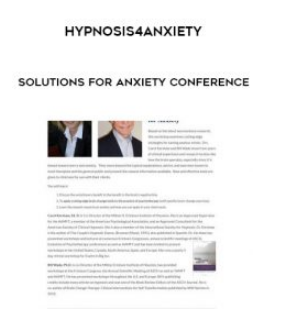

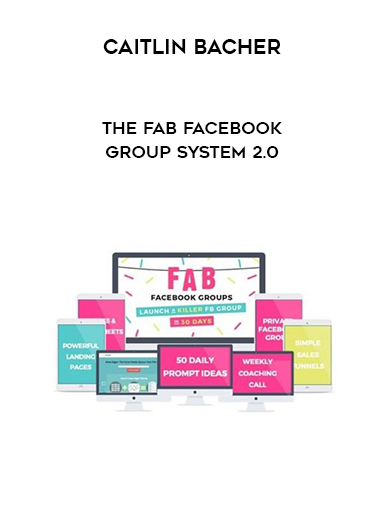
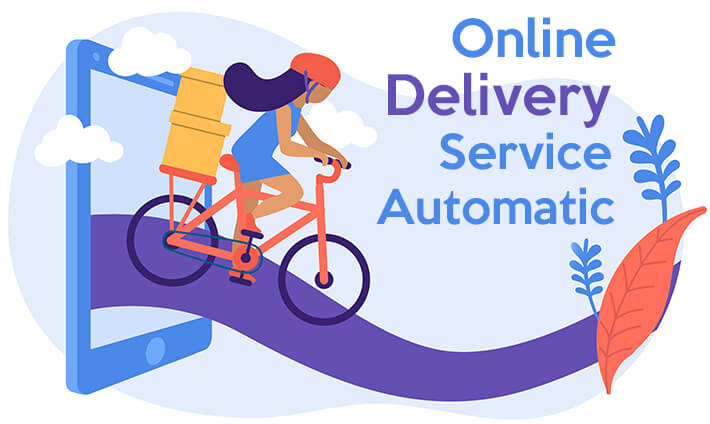
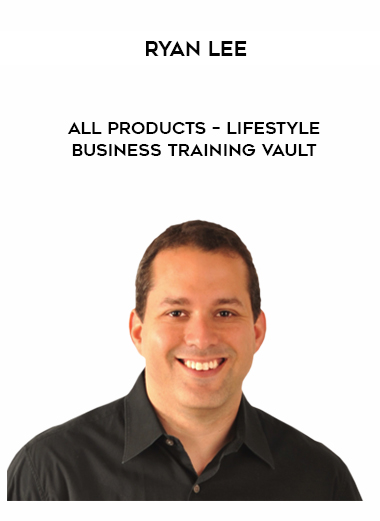
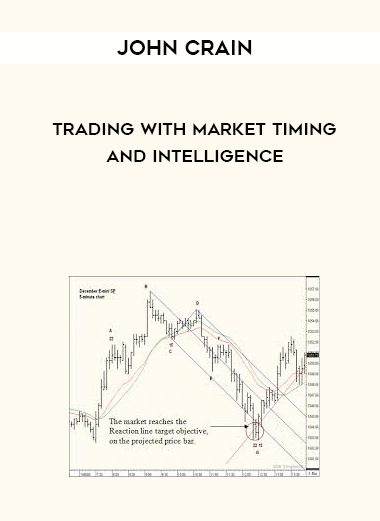

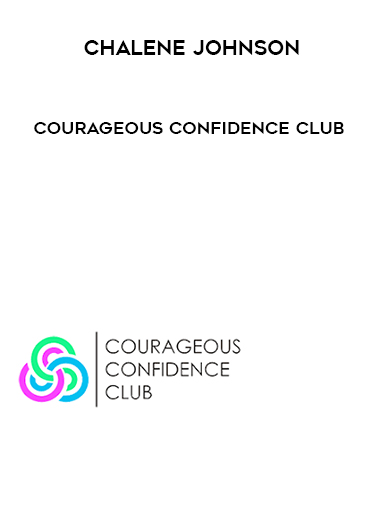

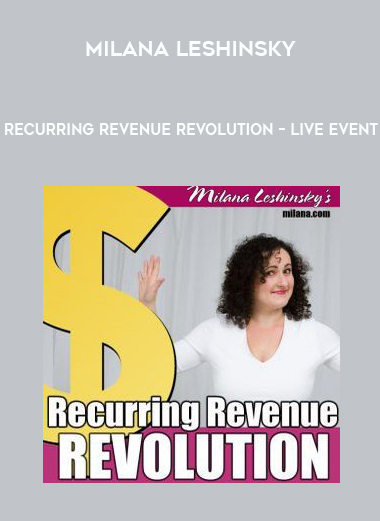
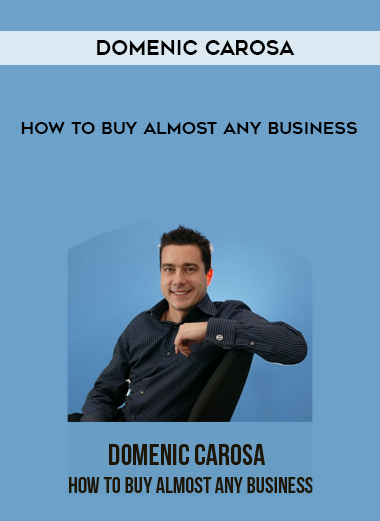


Reviews
There are no reviews yet.